Whether you are building a pond for the first time and deciding what to stock or you inherited one and have no idea what’s in it, the ability to identify the most common koi is useful. With more than twenty varieties, distinguishing between each can easily become overwhelming.
Popularity lists for koi vary since a large part of koi keeping involves owner preference. Still, certain varieties tend to be more common or popular than others. Our list is based on koi that repeatedly appear across several lists.
Kohaku

Kohaku are white-skinned koi, with large red markings (these can also be purple-red or orange-red, which is more difficult to develop and maintain, but well worth the effort for serious enthusiasts). Kohaku persist as one of the most fancied varieties among koi keepers.
Known for being striking and ornate, Kohaku set the industry standard for two types of patterns: continuous and step.
A continuous pattern is one that forms a solid stripe from head to tail, free of breaks or separations. The depth of the color should be evenly concentrated and not lighter on one half or darker on the other. Interesting characteristics, such as wavy edges, are preferred on continuous head-to-tail patterns.
Step patterns describe the number of color patches that appear on the koi. Each color patch is counted, beginning on the head or face. The white base color of the koi’s body is visible between the color patterns. The number of color patches should distribute evenly from head to fin.
Asagi

One of the oldest ornamental varieties, Asagi display a blue netting pattern on its back (and occasionally a pale yellow or cream). Its gills and fins contain red or orange color, which will fill out the koi’s underside as it ages.
Asagi were selectively bred for a gene mutation that causes the reticulation patt
ern and bluish hue, but they otherwise are considered more reminiscent of wild carp than many other types of koi. Many enthusiasts insist on a red pattern that does not extend beyond the lateral demarcation in order to consider an Asagi high quality.
Shusui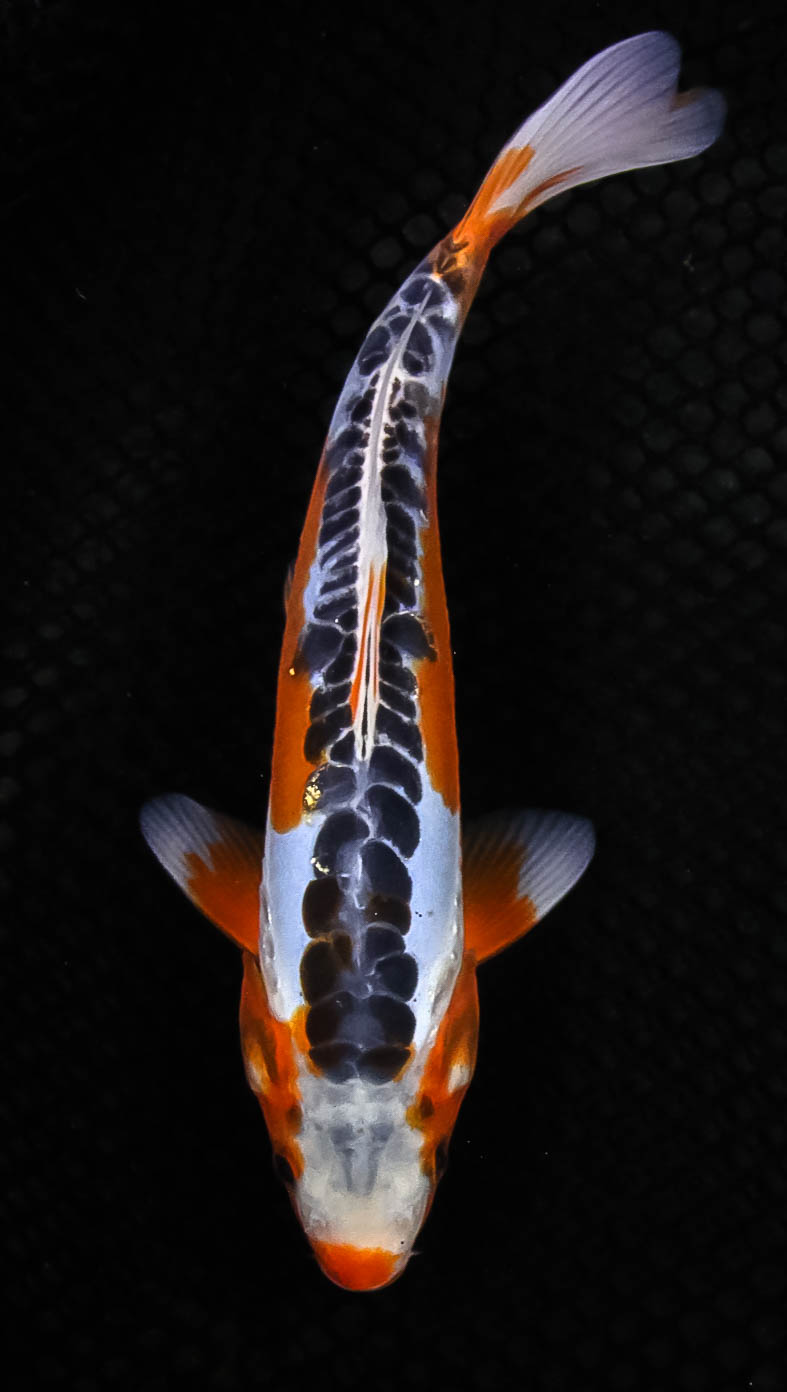
Shusui are the only other blue-bodied koi, but this variety is Doitsu. The term ‘Doitsu’ means the koi is scaleless apart from a single line extending down the dorsal line from head to tail. Shusui have a single row of large, dark blue scales that draw attention and are slightly reflective. As with most varieties, color symmetry is a must. Shusui markings are red or orange, often along the sides of the body and on the fins.
Shiro Utsuri
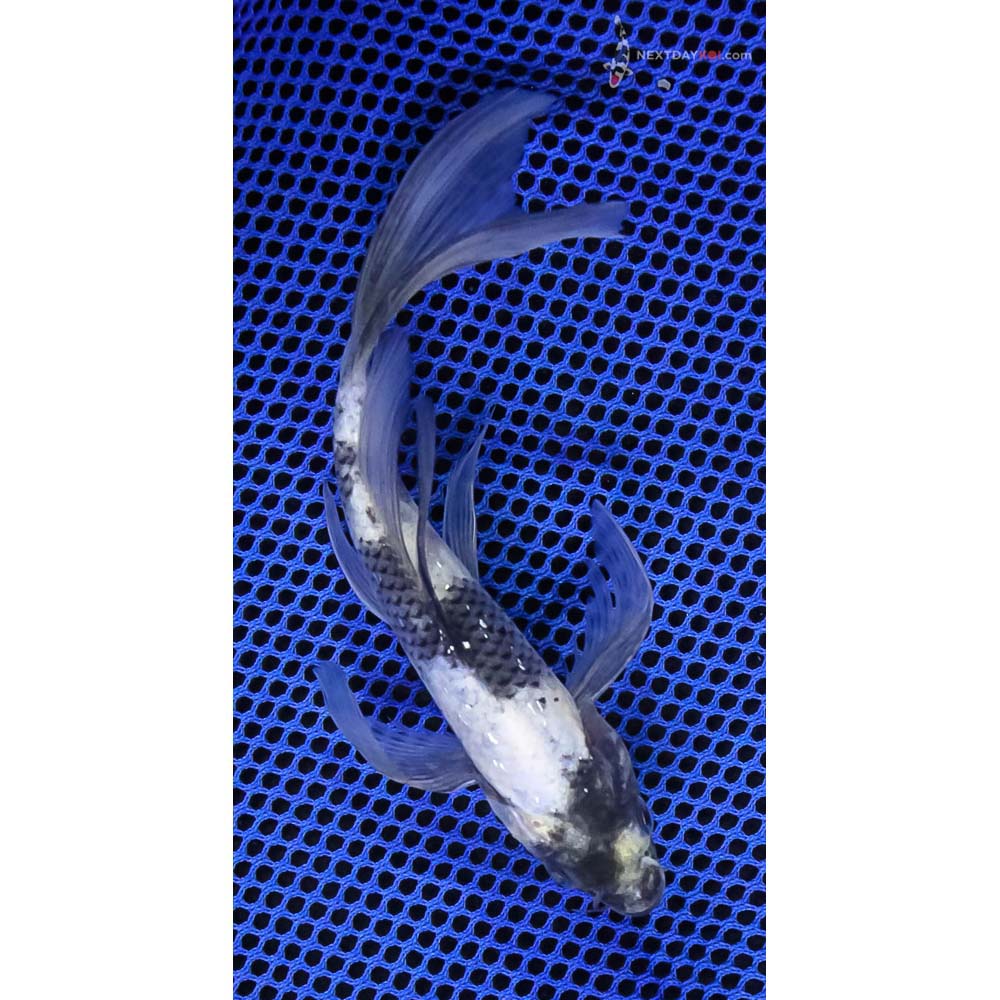 Shiro Utsuri are koi with a black base overlain by areas of white. A high-quality Shiro Utsuri will combine clean white patterns with a deep, lacquer-like black. A split head of both black and white is also an important requirement for top quality in this variety.
Shiro Utsuri are koi with a black base overlain by areas of white. A high-quality Shiro Utsuri will combine clean white patterns with a deep, lacquer-like black. A split head of both black and white is also an important requirement for top quality in this variety.
Bekko
Bekko come in solid white, yellow, or red coloring with non-metallic
black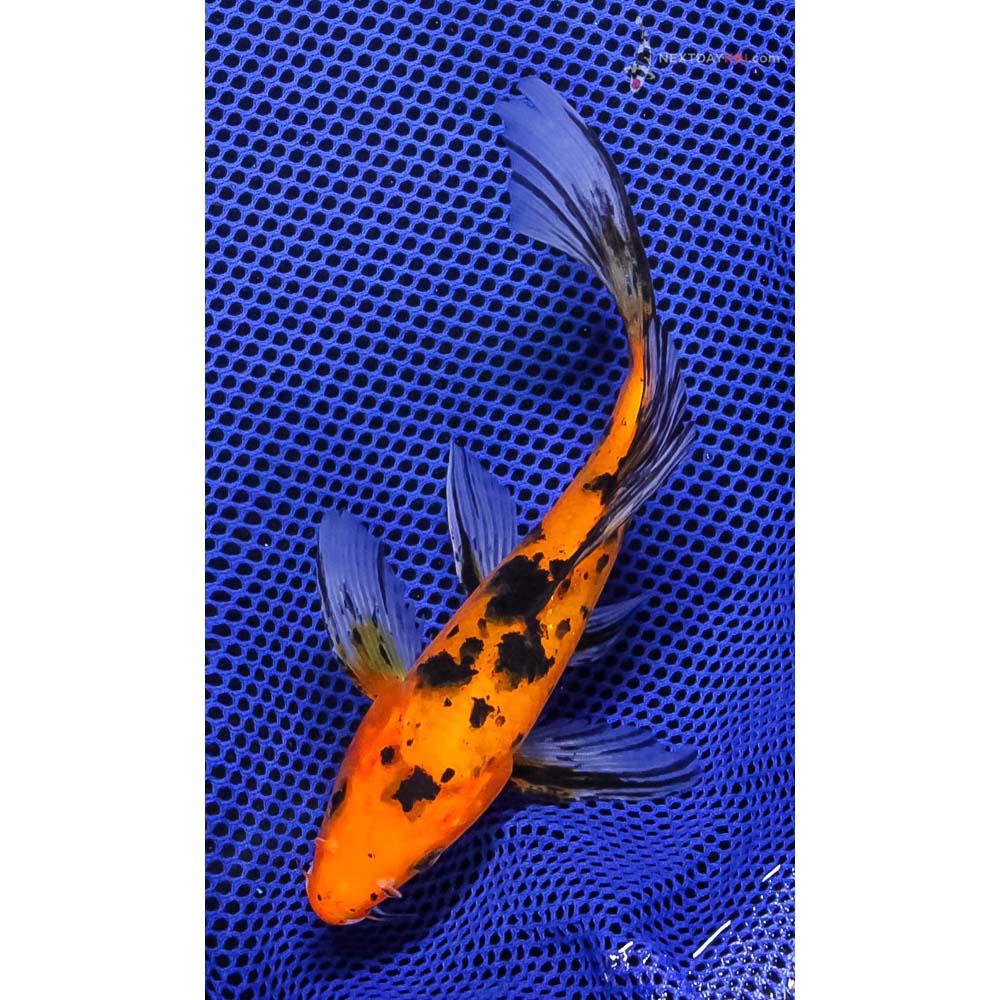 markings in a pattern often mimicking that of a dairy cow. This combination is often referred to as a “stepping stone” pattern.
markings in a pattern often mimicking that of a dairy cow. This combination is often referred to as a “stepping stone” pattern.
To attain top-quality status, Bekko markings should be a solid jet black and not appear on the Bekko’s head. A Bekko’s fins may be either white or have sumi (black) stripes. This variety presents a stunning, sophisticated appearance.
Taisho Sanshoku
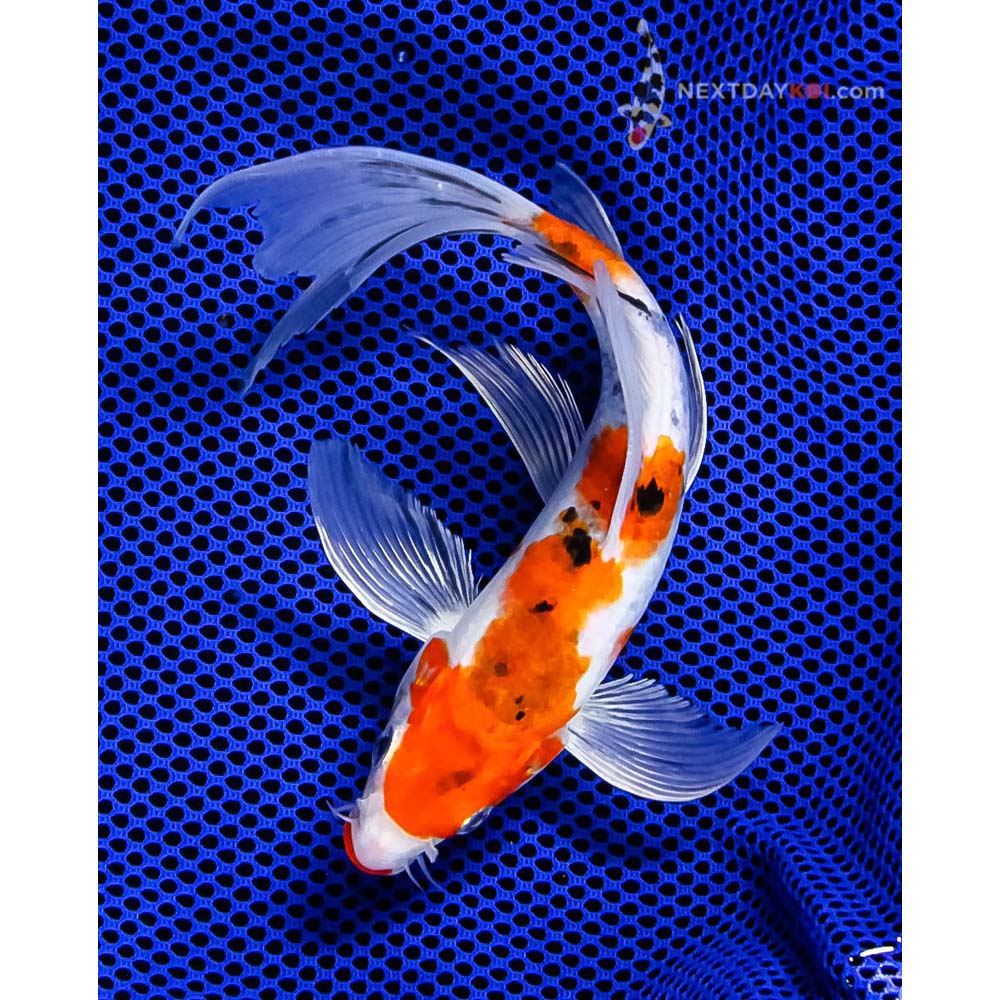 Taisho was the Japanese emperor who reigned when Sanshoku koi were first bred. San means “three,” and shoku means “colors”–a reference to the red, white, and black coloration of this koi variety. You might also see Taisho Sanshoku identified as Taisho Sanke, which is just an abbreviation of its formal name.
Taisho was the Japanese emperor who reigned when Sanshoku koi were first bred. San means “three,” and shoku means “colors”–a reference to the red, white, and black coloration of this koi variety. You might also see Taisho Sanshoku identified as Taisho Sanke, which is just an abbreviation of its formal name.
Sanke were the first tri-color koi variety to be developed. They are white-bodied koi with large patterns of hi (red) and smaller sumi evenly distributed on the body. These koi are similar to the Kohaku, except for the addition of sumi markings. They should not have any black on the head, abdomen, or base of the pectoral fins.
Showa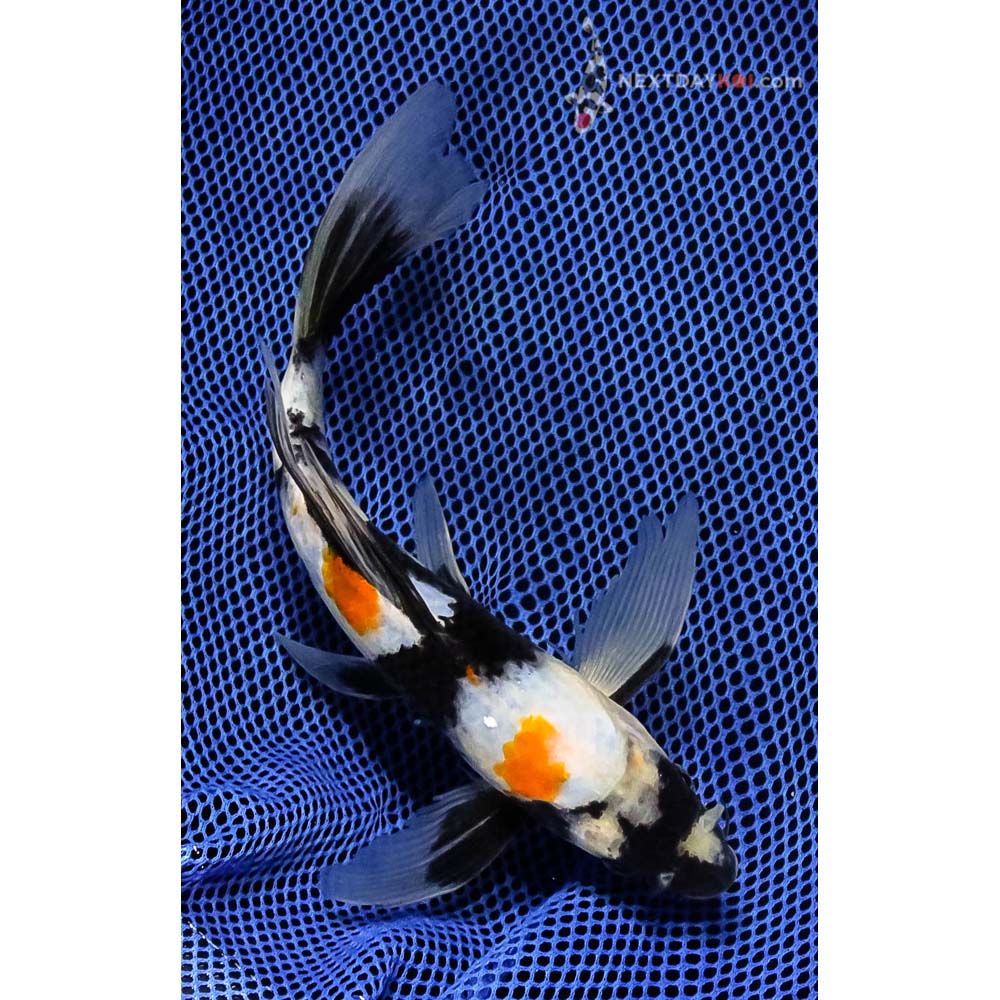
Also tri-colored, Showa are black-bodied with red and white markings. Pronounced hi covers as much of the koi as the black skin does, with little white showing. However, modern breeders are increasingly allowing a larger area of white on this koi variety.
Koromo
Koromo are meant to stand out from the crowd with their blue- or black-edged scales over a red pattern atop a white base. Koromo with distinct, blue crescents arranged in an orderly manner are highly valued and favored among hobbyists.
It’s not unusual for the coloration of a koi to develop and change over its lifespan. The Koromo variety is especially susceptible to this change, as the depth of their blue increases as they age. A young Koromo with an appealing blue hue will often darken significantly later in life.
Goshiki
Goshiki are also known in some circuits as “peacock koi” or “five-colored koi,” flaunting white, red, black, dark blue, and light blue. Recently, Goshiki have been divided into two subtypes: Kindai Goshiki, which have a lighter base color, and Kuro Goshiki, which have a traditional dark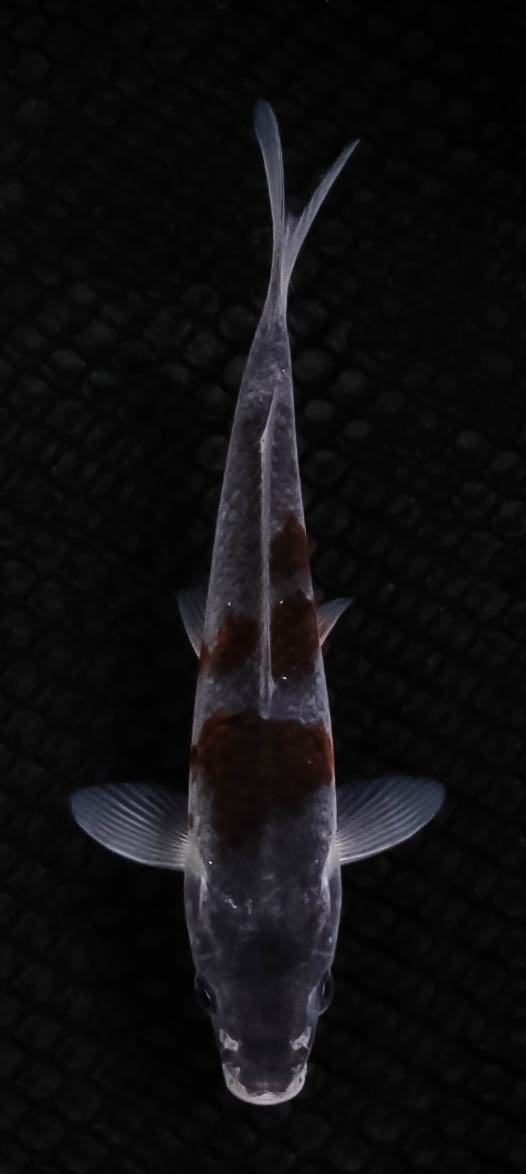 base color.
base color.
The lighter Kindai Goshiki looks much like a Kohaku but with thin crescent-shaped dark blue reticulation appearing on the white skin. The darker Kuro Goshiki sometimes has reticulation on the red as well. The white area becomes almost completely dominated by h
eavy dark blue reticulation (appearing almost like black or dark purple). Water temperature can affect the intensity of the base color, which will darken in cold water and lighten as the water warms.
Tancho

Tancho is any koi with a solitary red patch on its head, although it is typically used to describe a Kohaku. It is named for the Japanese red-crowned crane, which also
has a red spot on its head. The symmetry and placement of the tancho mark are the main factors in determining the quality of this koi.
Kumonryu

Kumonryu are Doitsu koi with patterns of gray or white combined with black. Kumonryu are chameleon-like in that they will completely change their pattern many times throughout their lives. They can go anywhere from solid white to solid black and any shade or combination in between. Some Kumonryu even sport a spectacular killer whale pattern. Upon close inspection, an all-black Kumonryu may have a bluish tint that distinguishes it from a Shiro Utsuri.
Beni Kumonryu are a rarer form of Kumonryu with a solid-white body, black
markings, and the presence of a third red color. Beni Kumonryu can change patterns many times throughout their lifespan. The red markings will remain relatively stable, but the black can change drastically. In the winter, Beni Kumonryu tend to have more black patterning and more red and white in the warmer months.
Ogon
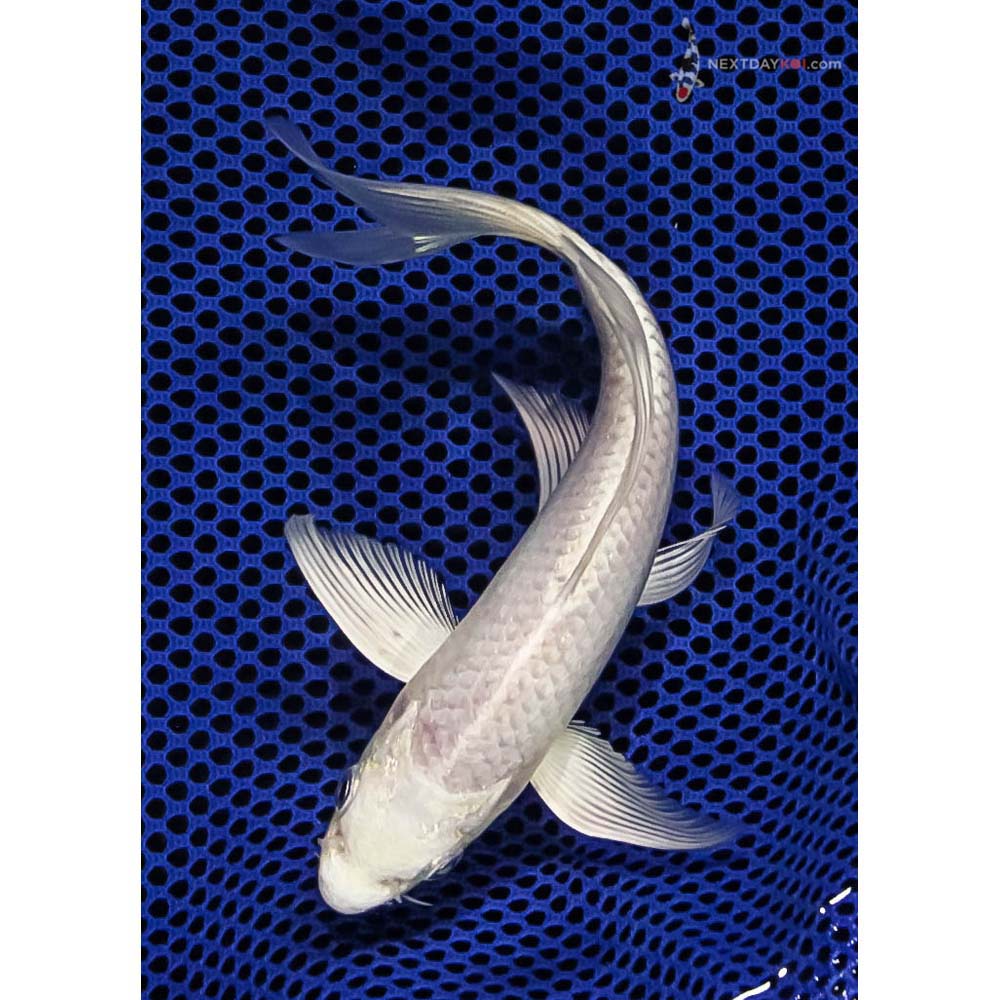
Ogon are metallic koi that shine beautifully in a pond. These koi are especially attractive to beginners since their singular color is easy to maintain. The most common colors are platinum (metallic white) and yamabuki (metallic yellow). Ogon also have desirable personalities, as they are one of the more friendly varieties, especially during feeding. The most important physical characteristic of these koi is an unblemished head and body.
Matsuba
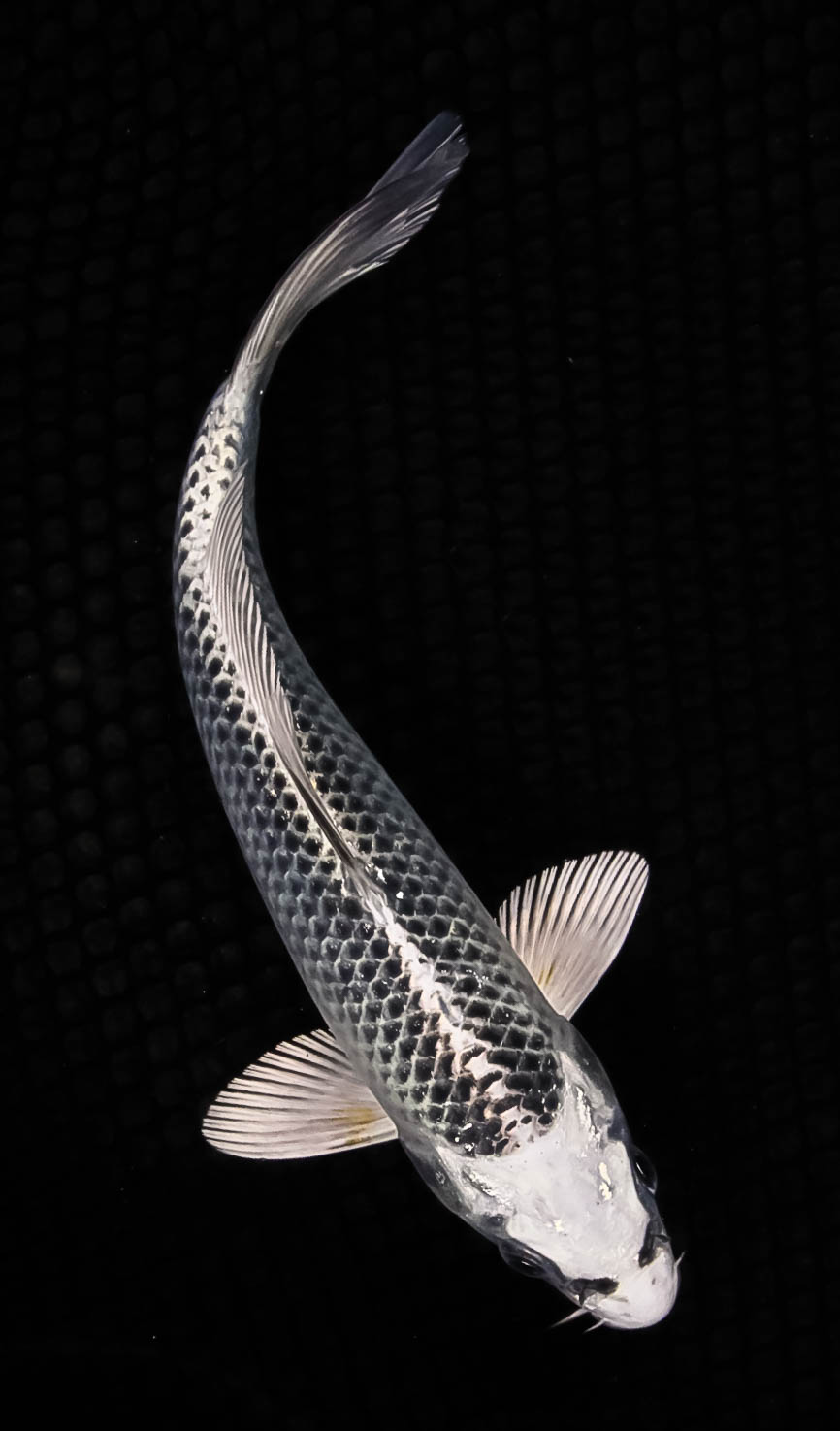 Matsuba are koi that combine a solid, metallic base with a uniform black net pattern, also sometimes referred to as a “pine cone” pattern. The base color of Matsuba can vary, but the
Matsuba are koi that combine a solid, metallic base with a uniform black net pattern, also sometimes referred to as a “pine cone” pattern. The base color of Matsuba can vary, but the
pattern remains consistent throughout this variety. It is created by scales with dark centers and edges that display the base or body color particular to the koi.
The Matsuba variety includes the subvarieties of Aka Matsuba (red body with black pattern), Gin Matsuba (white body with black pattern), Ki Matsuba (yellow body with black pattern), and Orenji Matsuba (orange body with black pattern).
Ideally, Matsuba should have a clean, blemish-free head that is the same color and tone as the body.
Kikokuryu
Kikokuryu are a variety of koi that are always metallic and always Doitsu. Their lustrous sheen can occur in metallic black and white, blue and white, and silver and white.
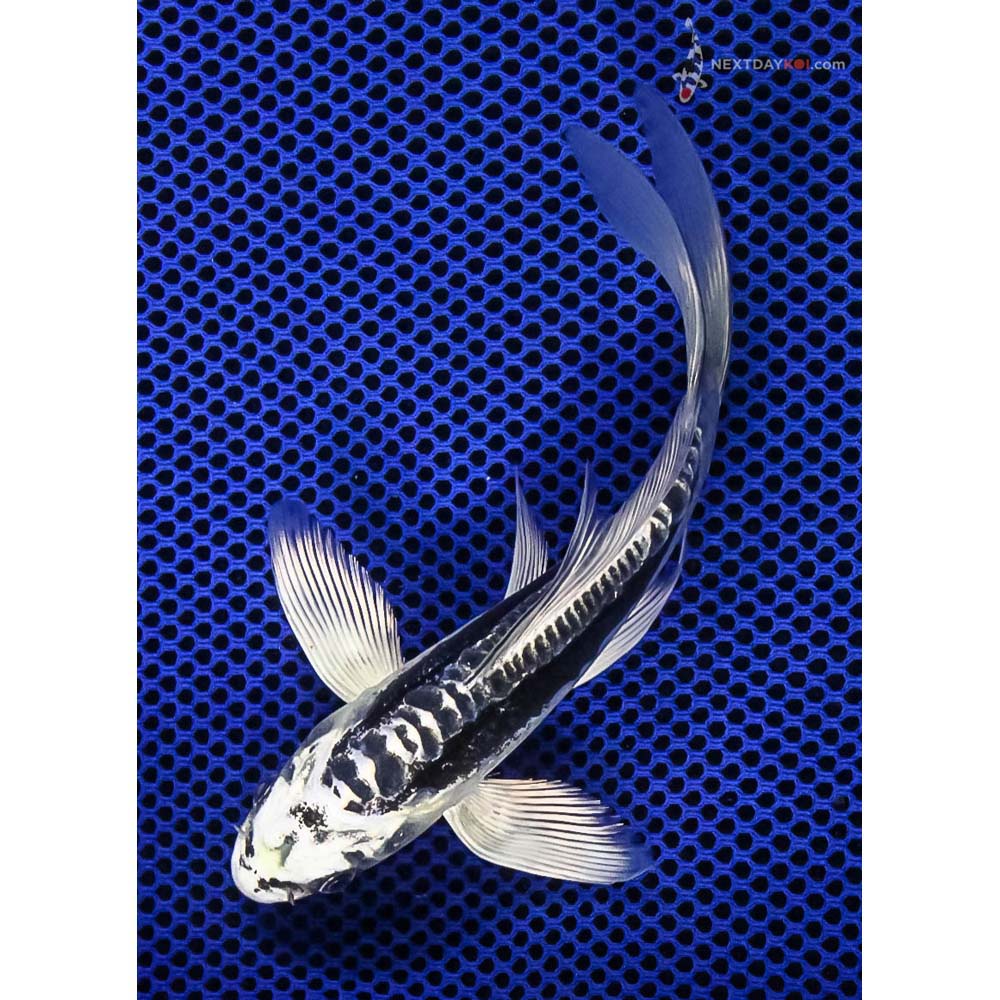
A quality Kikokuryu maintains its shine throughout the body, especially on the head
. The colors should look glossy, and the black should appear inky (although, in different phases of development, it may be more subdued). Two variations of Kikokuryu coloring exist: Beni Kikokuryu and Kin Kikokuryu.
A Beni Kikokuryu has an orange or red pattern on top of the standard black and white. To steal the show, it must boast bright colors with crisply defined edges, as well as balance in its patterning.
A Kin Kikokuryu sports a yellow or yellow-orange pattern atop the standard colors. This koi also will be judged favorably for bright colors with defined, crisp edges, and an overall balance in its patterning.
Chagoi
Chagoi are known for being one of the most friendly and intelligent breeds,
with a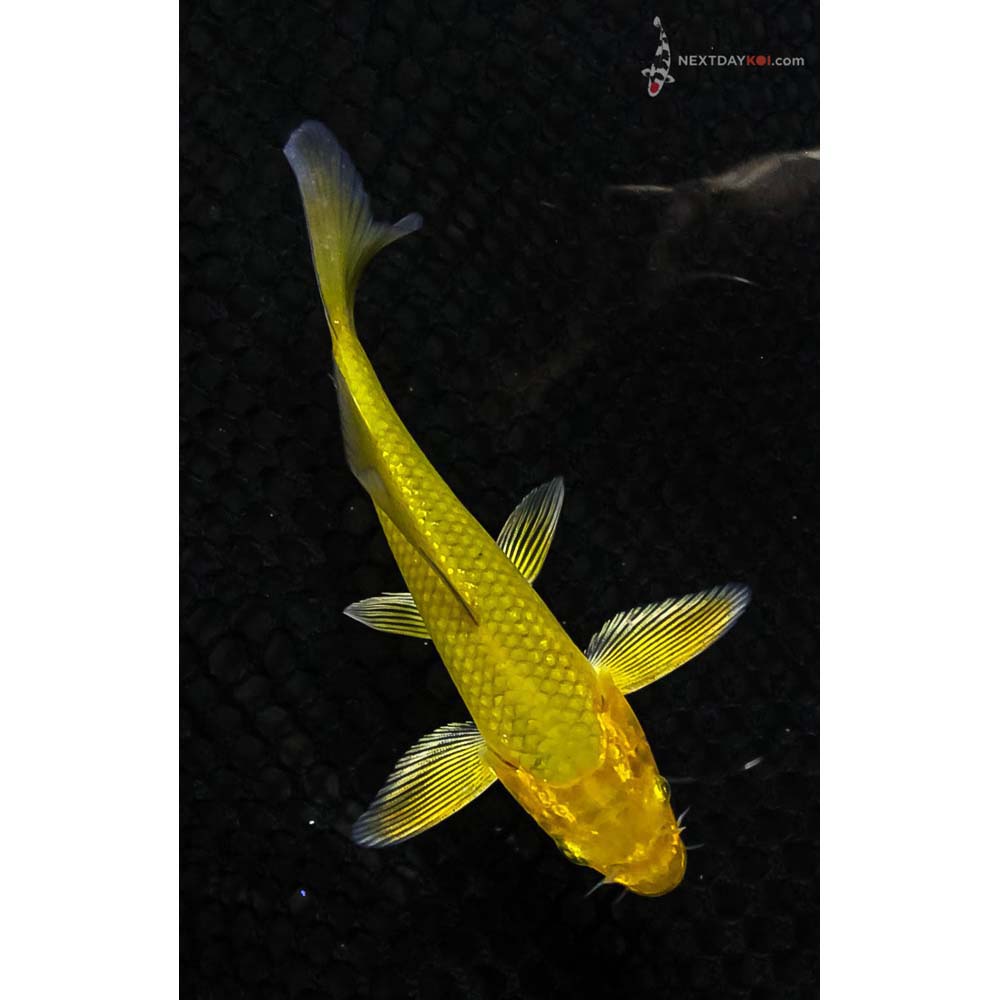 large stocky size that’s usually a solid brown. Variations can include pale-olive green, copper, and bronze. More recently, some Chagoi have even developed darker, subdued orange shades. The breed is considered a sign of good luck among koi keepers.
large stocky size that’s usually a solid brown. Variations can include pale-olive green, copper, and bronze. More recently, some Chagoi have even developed darker, subdued orange shades. The breed is considered a sign of good luck among koi keepers.
Are you ready to add a new fish to your pond? Shop our full selection of koi and pond goldfish today.

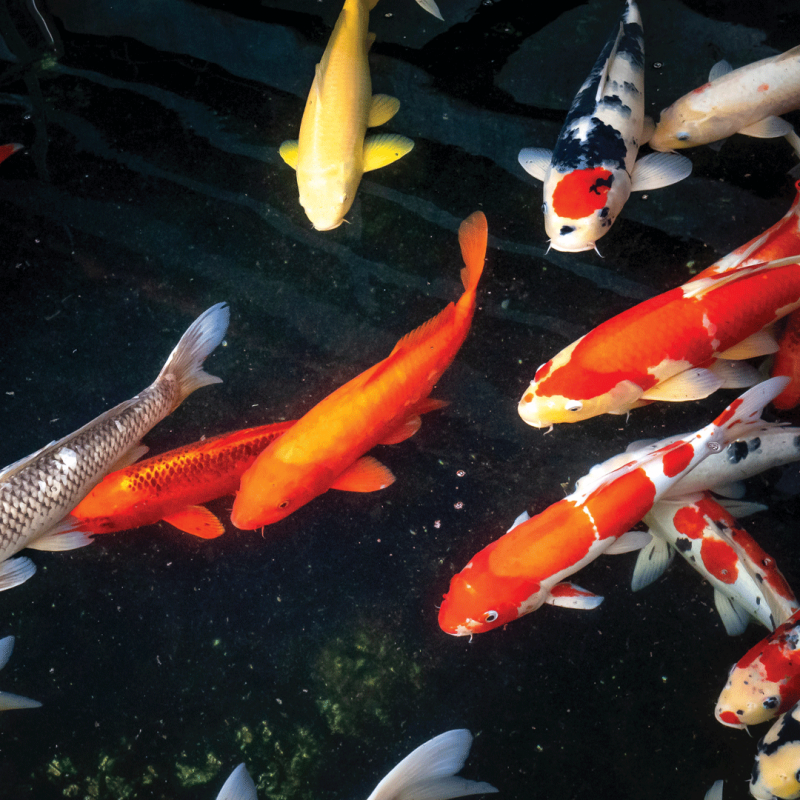
It covers everything… very lnformative…..👍😉👍